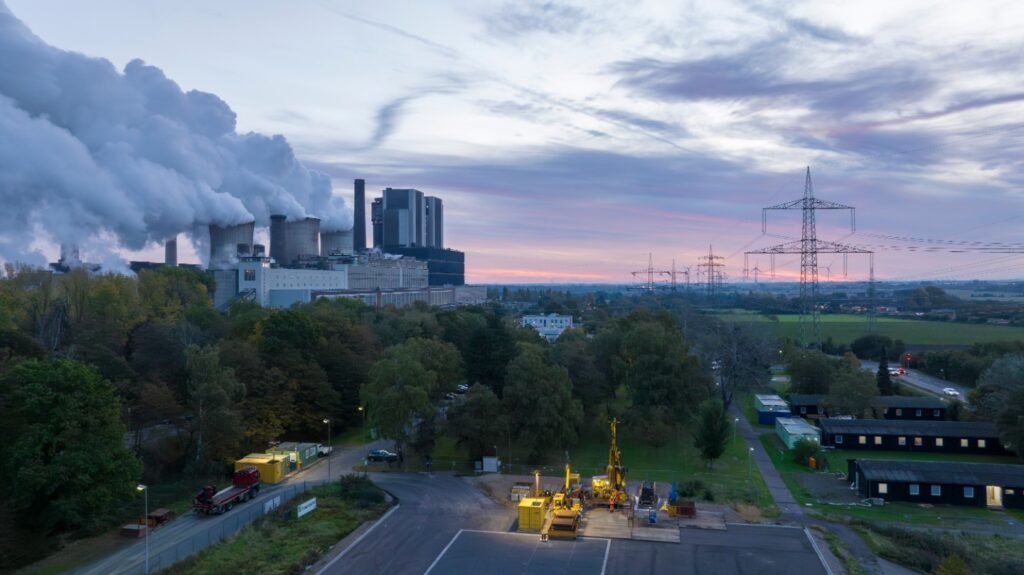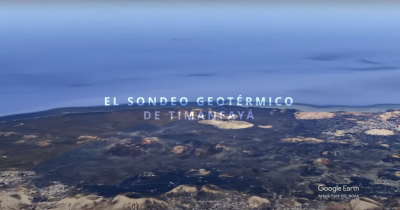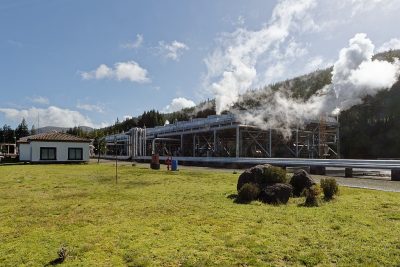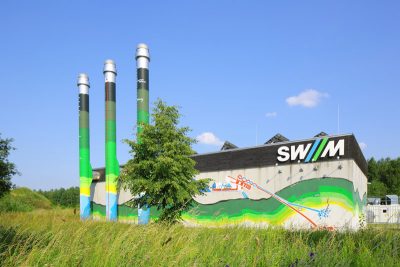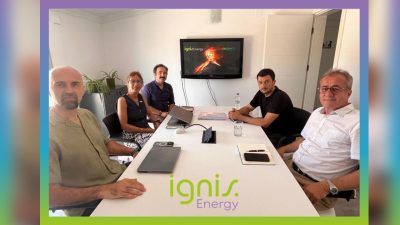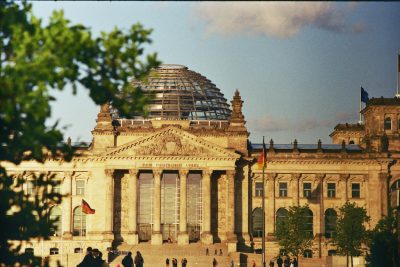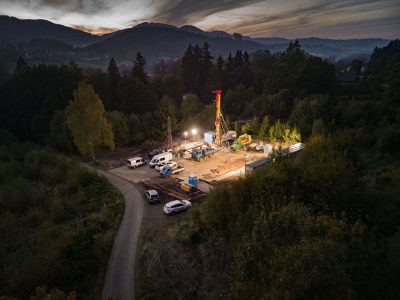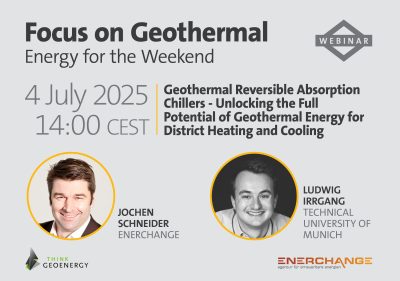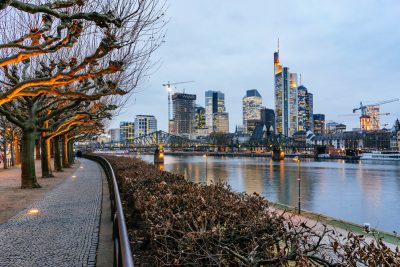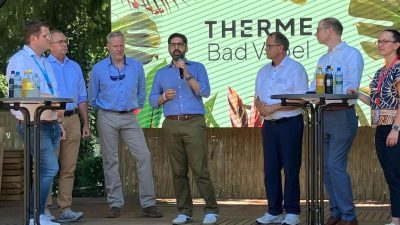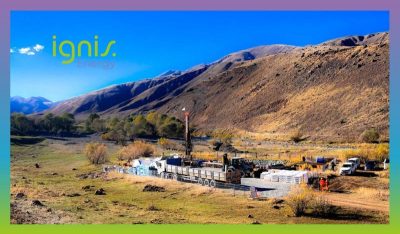Geothermal real-world laboratory in Germany to receive EUR 52 million funding
Fraunhofer IEG's real-world laboratory for geothermal research in Germany will receive EUR 52 million from the federal and state coal phase-out program.
The “Fraunhofer Real-World Laboratory for Geothermal Energy Geotechnologies and Georesources (FRELA-GEO3)” research platform by Fraunhofer IEG is set to receive EUR 52 million in funding allocated by the Coal Regions Investment Act (InvKG), which provides funds for the phase-out of lignite mining and the generation of electricity from lignite.
The project is being implemented with partners energy supplier RWE Power AG, the Aachen municipal utilities STAWAG, RWTH Aachen, and the Ruhr University Bochum.
With the funding approved, the FRELA-GEO3 project will now progress from planning to the implementation phase with the aim of creating a large research infrastructure for geothermal that is unique in Europe. The next step would be to conduct a large-scale geophysical survey of the subsurface in the Aachen urban region and drill two exploration boreholes. Moreover, Fraunhofer IEG will build a research center in Weisweiler for georesources and decarbonization.
A decisive step for geothermal in North Rhine-Westphalia
For the state of North Rhine-Westphalia, the project is an important step in the implementation of the Geothermal Energy Master Plan. The project will contribute to the ramp up of geothermal energy in the region by providing subsurface data which will then be the bases for subsequent geothermal projects. If the exploration results are positive, the people, municipalities and companies in the region will have the opportunity to tap into geothermal as a cost-effective and regional heat source.
“The “Fraunhofer Real Laboratory” can make a decisive contribution to this for the Rhineland region and the Aachen urban region. With this project, we are jointly and innovatively driving forward the heat transition in North Rhine-Westphalia. We are focusing on transparency. I have great confidence in the Fraunhofer IEG, which is actively involving citizens. Together we are making NRW more sustainable,” said Mona Neubaur, Minister for Economic Affairs and Climate Protection for the State of North Rhine-Westphalia.
“The southern Rhineland has a rich history of using its natural energy resources – from the use of thermal water in Roman times for local heating and later for the medieval cloth industry, to the modern spa industry, to industrial hard coal mines and modern open-cast lignite mining,” added Prof. Rolf Bracke, Director of Fraunhofer IEG.
“Deep geothermal energy could therefore be the next chapter for the energy regions on both sides of the Rhine.”
Breakdown of the funding
The FRELA-GEO3 will be financed in three components.
The Federal Ministry for Economic Affairs and Climate Protection is supporting the program with around EUR 8.15 million through the STARK program. The state of North Rhine-Westphalia is contributing a further EUR 0.815 million to support the transition of coal regions.
The state of North Rhine-Westphalia in accordance with the Coal Regions Investment Act (InvKG) will provide EUR 36.54 million for the geophysical measurements, exploration drilling, and associated infrastructure. The funding according to InvKG is divided into a federal share (EUR 29.6 million) and a state share (6.94 million).
Lastly, the construction of the technical center in Weisweiler will receive around EUR 6.5 million from thhe joint funding of the Fraunhofer Society by the Federal Ministry of Education and Research and the Ministry of Culture and Science of the State of North Rhine-Westphalia (50% / 50%).
In total, the project will receive funding of EUR 52.005 million over four years.
Source: Nachrichten Informationdienst Wissenschaft and Fraunhofer IEG
